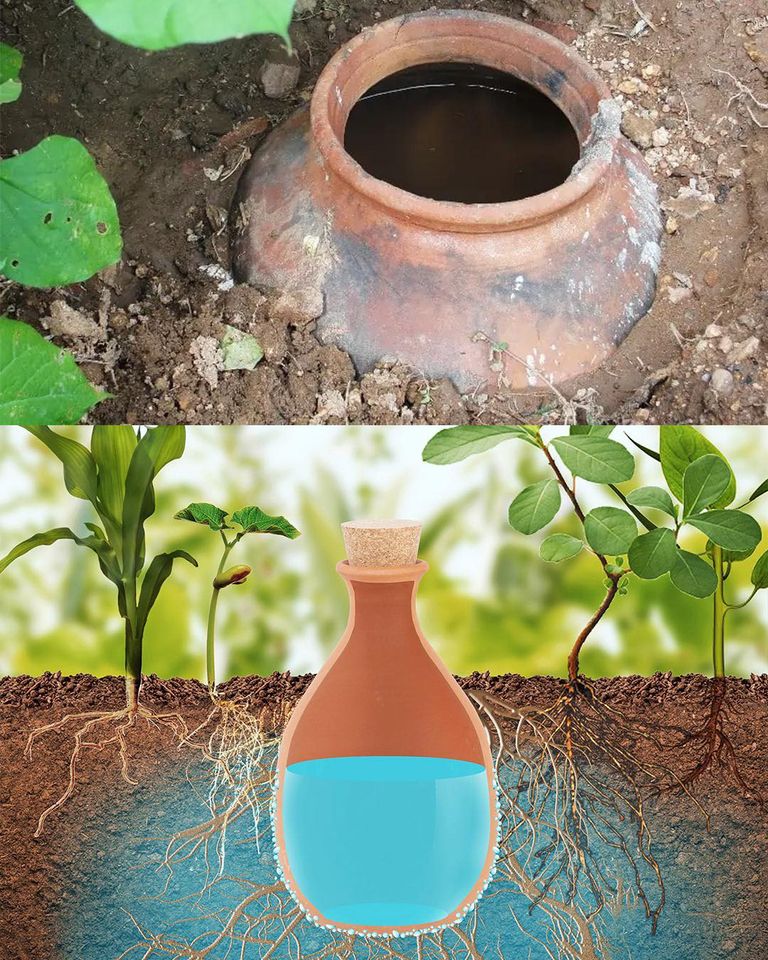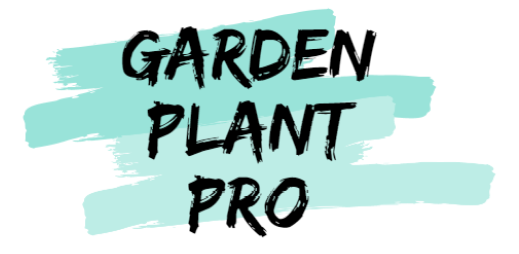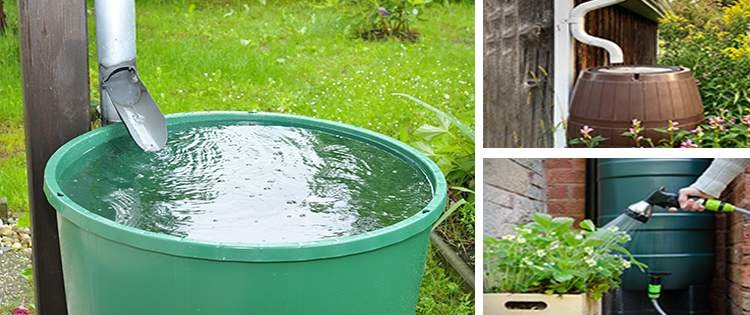Introduction
In an age where water scarcity and sustainable agriculture are pressing concerns, we often find innovative solutions in the wisdom of ancient practices. Among these ancient gems is the humble olla (pronounced “oy-ya”).
Ollas have gracefully stood the test of time, cherished for their simplicity and water-saving capabilities by various cultures, from indigenous communities in the Americas to the Middle East. In this article, we will embark on a journey into the world of ollas and explore how you can employ these ingenious vessels to enhance irrigation in your garden.
Unveiling the Olla
An olla is essentially a porous clay pot, traditionally crafted by hand and left unglazed, designed for the art of efficient irrigation. The word “olla” itself hails from the Spanish term for a pot. For centuries, these vessels have been the secret behind indigenous communities’ ability to conserve water while nourishing their precious plants.
Understanding the Inner Workings of Ollas
Ollas operate on the principle of seepage irrigation, an extraordinarily efficient and water-conserving technique. This process can be distilled into a series of straightforward steps:
1. The Olla’s Subterranean Abode: Begin by excavating a hole in the earth where you wish to irrigate your plants. Ensure the hole is deep enough to house the olla while keeping its top exposed above ground level for easy access.
2. The Olla’s Aquatic Filling: Next, fill the olla with water, sealing it with a lid or a flat rock to deter evaporation and the intrusion of debris. The porous clay allows water to gracefully permeate the neighboring soil.
3. Planting Proximity: Plant your crops or flowers in the vicinity of the buried olla, ensuring their root systems are within the olla’s effective range. Ollas yield optimal results in small garden beds or container gardens.
4. The Deliberate Drip: As the earth around the olla gradually dries out, the moisture stored within the olla seeps gently into the adjacent root zone. This gradual water release ensures that your plants receive a consistent and ample water supply, all while minimizing wastage through evaporation.
The Merits of Olla Adoption
- Efficiency in Water Usage: Ollas are champions of water efficiency, dramatically reducing water wastage compared to conventional surface watering or overhead irrigation systems.
- Sustained Moisture: Ollas act as the custodians of perpetual moisture, bestowing upon plant roots a constant source of hydration, thus fostering robust growth.
- Weed Discouragement: By delivering water directly to the root zone, ollas discourage the growth of pesky weeds in the surrounding soil.
- Soil Enhancement: Over time, ollas play a role in enhancing soil quality by promoting even water distribution and mitigating salinity buildup within the root zone.
- Low Maintenance Darling: Once duly buried and filled, ollas are remarkably low-maintenance, requiring only periodic refilling.
- Versatility Unleashed: Ollas embrace diversity, serving as excellent partners for various plants, including vegetables, herbs, and flowers.
- Champions of Sustainability: Crafted from natural, biodegradable materials, ollas stand as an eco-friendly choice for conscientious gardeners.

Top Strategies for Olla Mastery
To maximize the potential of your ollas, consider these guiding tips:
- Olla Quantity Calculation: The number of ollas needed hinges on your garden’s size and your plants’ water requirements. Be prepared to experiment to ascertain the ideal arrangement.
- Routine Water Level Surveillance: Regularly inspect your ollas to ensure they remain adequately filled. The frequency of refilling is contingent on your climate and the water needs of your beloved plants.
- Winter Preservation Measures: In regions plagued by harsh winters, contemplate removing and storing your ollas indoors during the cold season to safeguard them from damage.
Additional Useful Information…
1. Olla Shapes and Sizes: Ollas come in various shapes and sizes, allowing you to choose the right one for your garden’s specific needs. Larger ollas hold more water and are suitable for bigger garden areas, while smaller ones are ideal for container gardens or plants with lower water requirements.
2. Olla Placement: When situating your ollas, consider the specific watering needs of your plants. You can strategically place ollas closer to plants that require more moisture and farther from those with lower water requirements. This way, you can tailor your irrigation to the individual needs of your garden.
3. Olla Materials: While traditional ollas are made of porous clay, modern variations can be found in materials like unglazed terracotta. The key is to use a material that allows gradual seepage of water. Ensure that your ollas are free from glazes or chemicals that could contaminate the water.
4. Creating a Watering Schedule: Observing your ollas and plants will help you establish a watering schedule. You’ll notice that the frequency of refilling the ollas can vary based on factors such as climate, soil type, and the water demands of your plants. In hot and dry climates, you may need to refill more frequently, while in cooler, more humid conditions, refilling can be less frequent.
5. Mulching Around Ollas: Applying mulch around your ollas can help reduce water evaporation and maintain a more stable soil temperature. This is especially beneficial in arid regions where conserving moisture is crucial.
6. Olla Decorative Covers: Ollas can be transformed into beautiful garden features by using decorative covers or lids. This not only adds aesthetic value to your garden but also helps protect the water inside from debris and evaporation.
7. Olla DIY and Maintenance: If you’re the DIY type, you can craft your own ollas using clay pots or jars. Be sure to use unglazed containers, and you can even personalize them with unique designs. Regularly inspect your ollas for cracks or damage, as these can affect their efficiency.
8. Companion Planting with Ollas: Ollas are compatible with companion planting, a gardening strategy where certain plants are grown together to enhance each other’s growth. By situating ollas strategically among companion plants, you can optimize water delivery to the entire group, fostering a harmonious garden ecosystem.
9. Olla History and Cultural Significance: Ollas have deep historical and cultural significance. They have been used by indigenous communities for centuries, passed down through generations. Understanding the cultural importance of ollas adds a rich layer of appreciation to their use in modern gardening practices.
10. Olla Versatility: While traditionally associated with vegetables, herbs, and flowers, ollas can be used in various gardening contexts, including raised beds, potted plants, and even indoor gardening. Their versatility makes them a valuable tool for a wide range of gardeners.
Incorporating these additional insights into your use of ollas can help you make the most of this efficient irrigation method, ensuring that your plants receive the right amount of water while conserving this precious resource.
DIY PROJECT: Collect rainwater no matter where you live...
This DIY project is the best way to legally collect rainwater NO MATTER where you live. Get chlorine-free water, cut down on your water bills, and have enough for an emergency situation or to water your garden. Read More Here...
Bridging the Past to a Sustainable Future
Ollas represent a time-tested yet ingeniously simple irrigation system capable of elevating the sustainability and efficiency of your gardening endeavors. Harnessing the magic of seepage irrigation, ollas present a water-conscious solution that not only conserves this precious resource but also nurtures the vitality of your plants while reducing maintenance demands.
With some experimentation and careful tending, you can seamlessly incorporate ollas into your gardening toolkit. Embracing the wisdom of the ancients, ollas stand as a remarkable addition to the modern gardener’s arsenal, guiding us toward a future that cherishes sustainability and water-wise practices.


